New artefacts from prisoners of war on display at revamped Changi Chapel and Museum
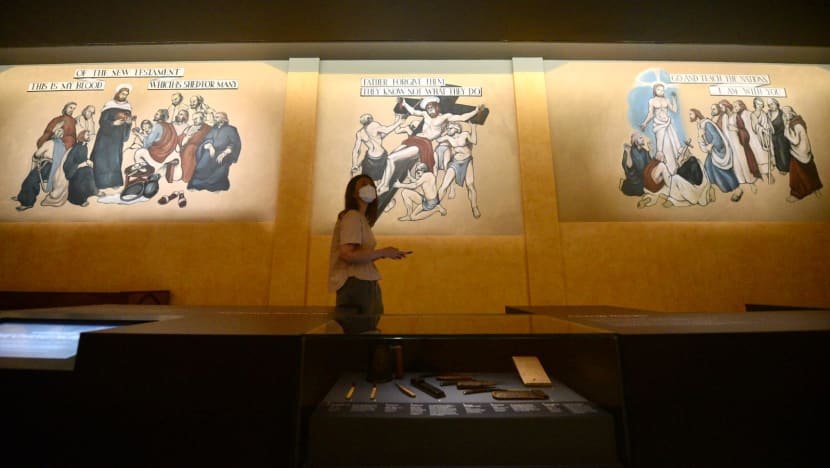
Changi murals in the “resilience in adversity” section. (Photo: Jeremy Long)
SINGAPORE: In a letter dated Apr 20, 1945, a woman named Florence Duncan professed her steadfast love for her husband, John Sharp Duncan, after he was captured when Singapore fell to the Japanese.
They had only been married for a year, but she wrote that it was another birthday since their separation and she missed him.
Mrs Duncan’s poignant letter is one of the 114 personal effects and war artefacts on display at the Changi Chapel and Museum, which spotlight the hardships, courage and resilience of prisoners of war (POWs) and their families during the Japanese Occupation in Singapore.
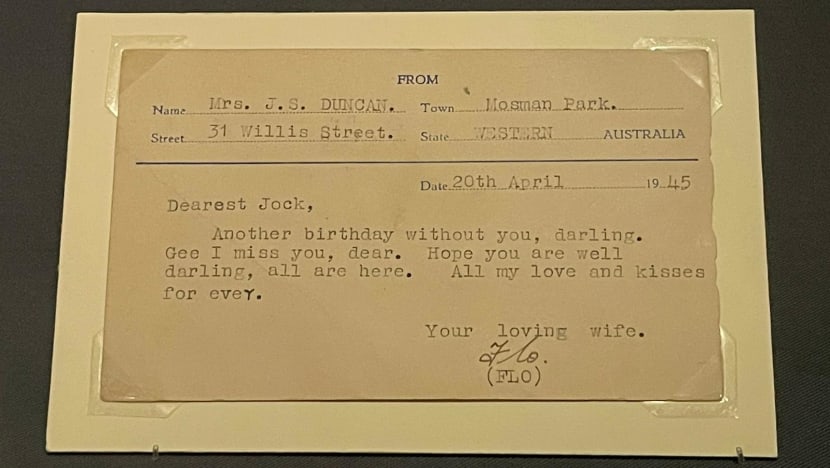
On May 19, the National Heritage Board will unveil the revamped Changi Chapel and Museum, comprising contributions from the descendants of POWs and civilian internees at the Changi prison camp.
The refurbished space will have 82 personal objects on display for the first time, among which is a Kodak Baby Brownie camera. It was given to Sergeant John Ritchie Johnston by his wife. He managed to keep it hidden from his captors during his time in prison.
There are also new multimedia offerings, such as historical recordings of conversations between the internees in a recreated Changi Gaol prison cell, taking visitors on an immersive journey across eight exhibition zones.
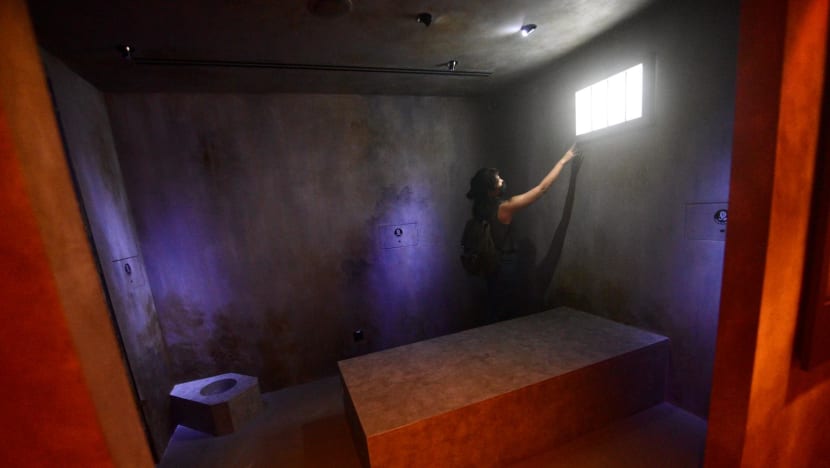
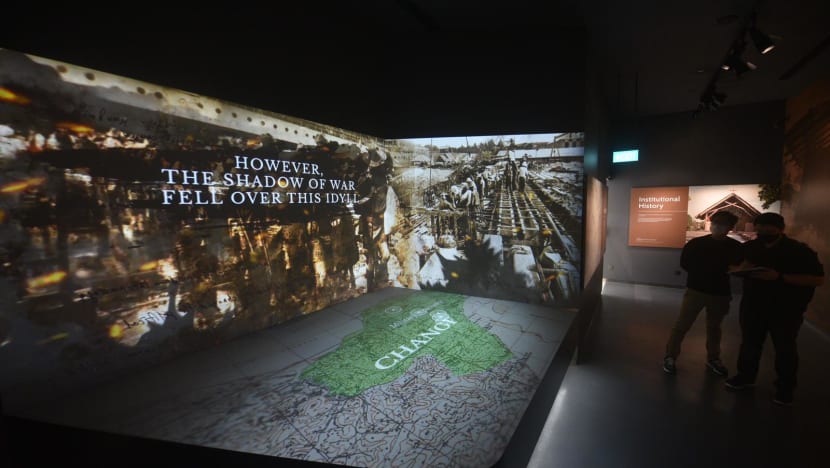
Visitors familiar with the previous Changi Chapel and Museum will recognise familiar artefacts, like a Morse code transmitting device disguised as a matchbox.
CURATING AUTHENTIC EXPERIENCES
The guiding principle in curating the exhibition was authenticity, curators Rachel Eng and Iskander Mydin told CNA.
The main challenge, they said, was ensuring donated items were presented in a “thoughtfully curated narrative”, accurately and meaningfully depicting the POW or civilian internee’s personal stories of life in the prison camp.
“The personal artefacts of POWs and civilian internees should speak for themselves without going through someone else’s interpretation or layering,” they added.
“We spoke to many families to obtain personal stories and artefacts, and consulted the numerous diaries, records and oral histories left behind by the internees, largely allowing their voices to take centre stage.”
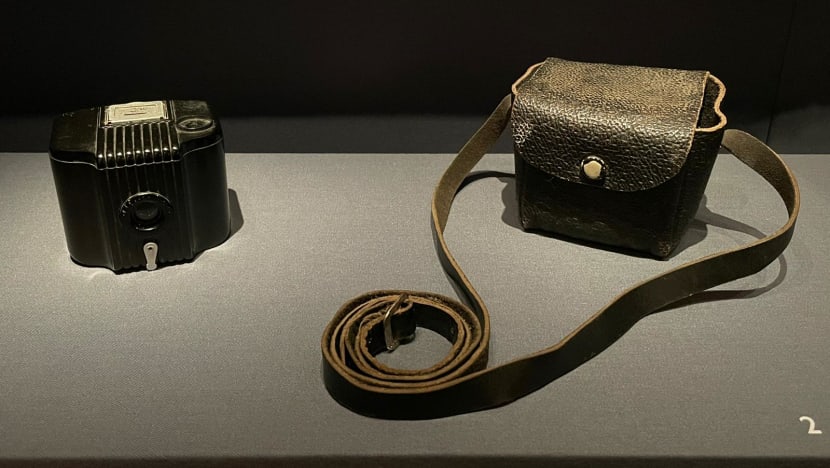
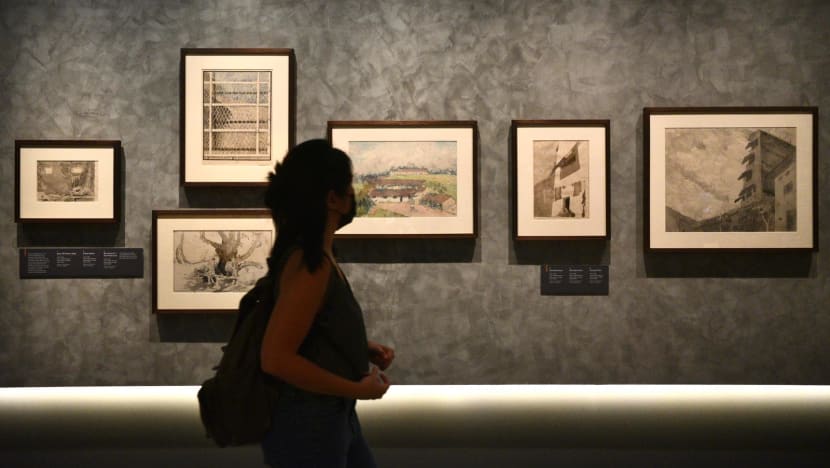
Besides reflecting the hardships endured by POWs and internees, some personal artefacts also show their resourcefulness amid struggle.
One such item is a bamboo toothbrush donated by the family of Forbes Wallace, a volunteer with the Territorial Army.
“The toothbrush itself looks inconspicuous but was actually made in Changi camp. Due to a shortage of supplies, prisoners ingeniously set up factories to manufacture all sorts of items, from soap to rubber soles and artificial limbs,” said Ms Eng, who counts the toothbrush as one of her favourite artefacts.
“The Changi Broom Factory produced brooms, shaving brushes, spiral brushes for the repair of typewriters and toothbrushes such as the one that belonged to Wallace.”
The bristles of the toothbrush are made from coconut fibre and the handle from bamboo.
“Given the lack of materials that the prisoners faced, their inventiveness was quite amazing to me,” she added.
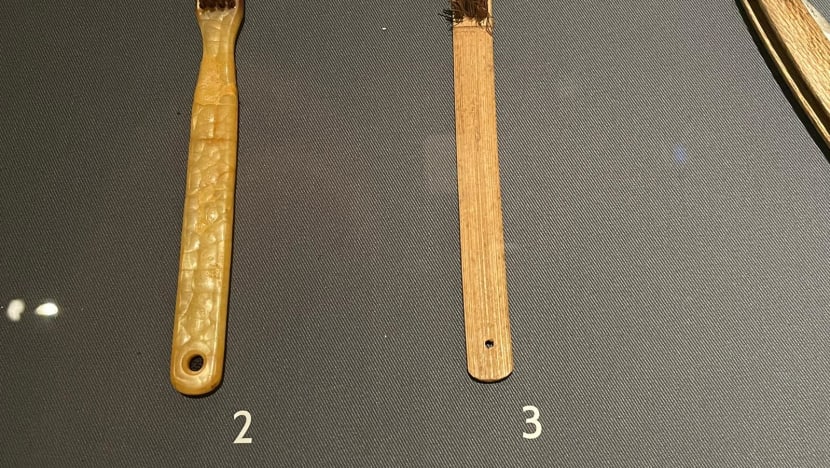
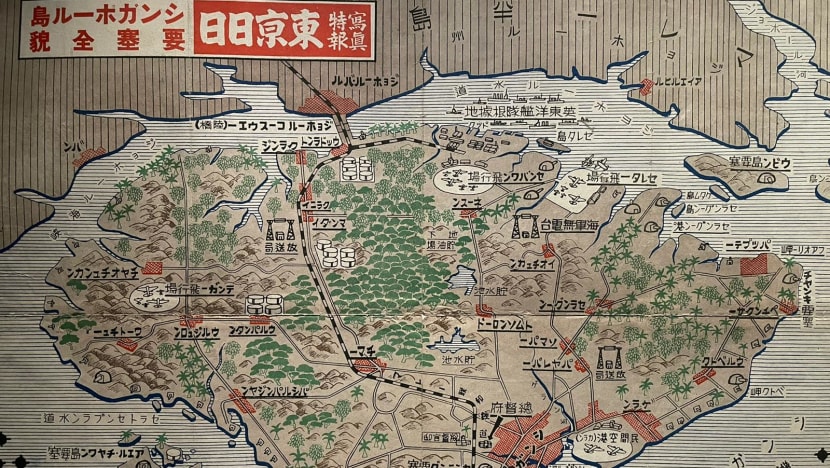
While putting together the exhibition, both curators added that they were struck by how much interest there was in Changi, and how committed many families were to finding out more about their relatives’ lives in the prison camp.
They cited writer Louise Reynolds, who published two books about her father Eric Cordingly’s POW experiences, and many others who were writing manuscripts and conducting research about their family members.
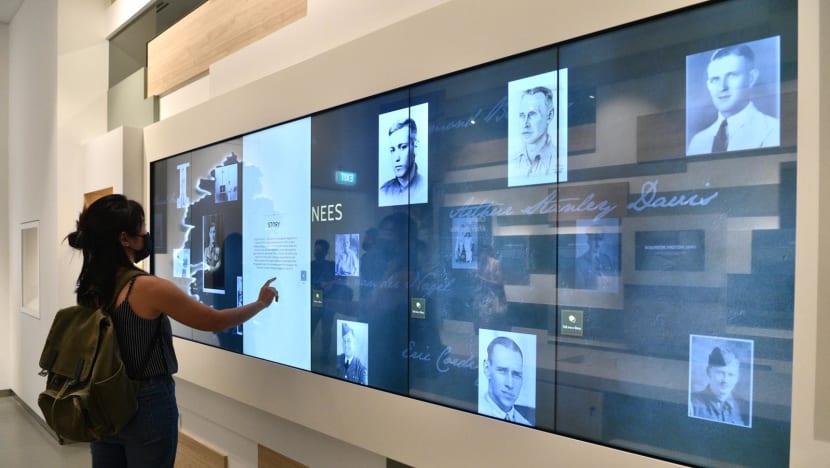
At the new Changi Chapel and Museum, visitors who have personal memories of internees can even contribute to a "living" database of more than 50,000 POWs and civilian internees, in order to preserve their legacies.
In light of tightened COVID-19 measures, interested visitors are encouraged to pre-book their admission tickets at www.changichapelmuseum.gov.sg from noon on May 17.












